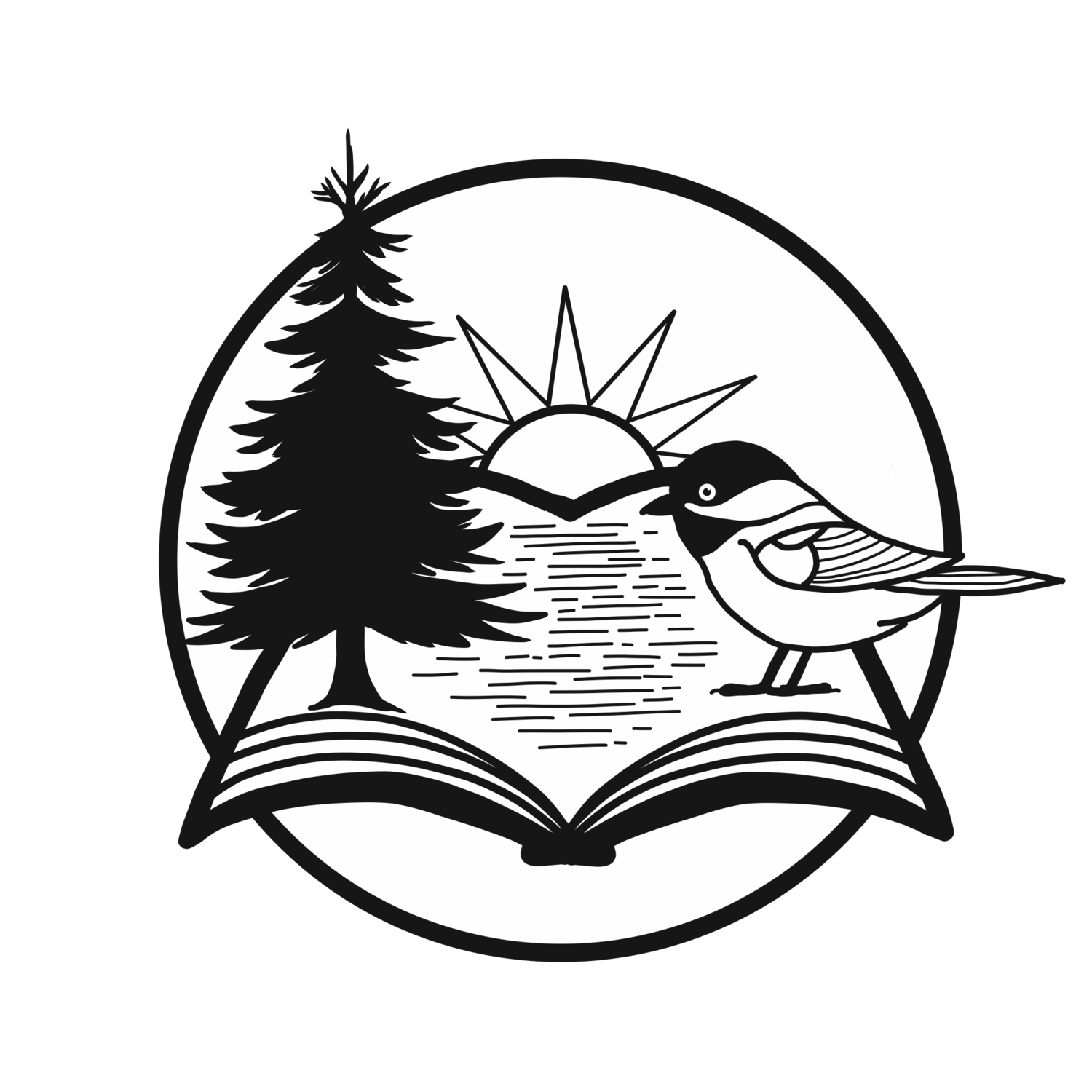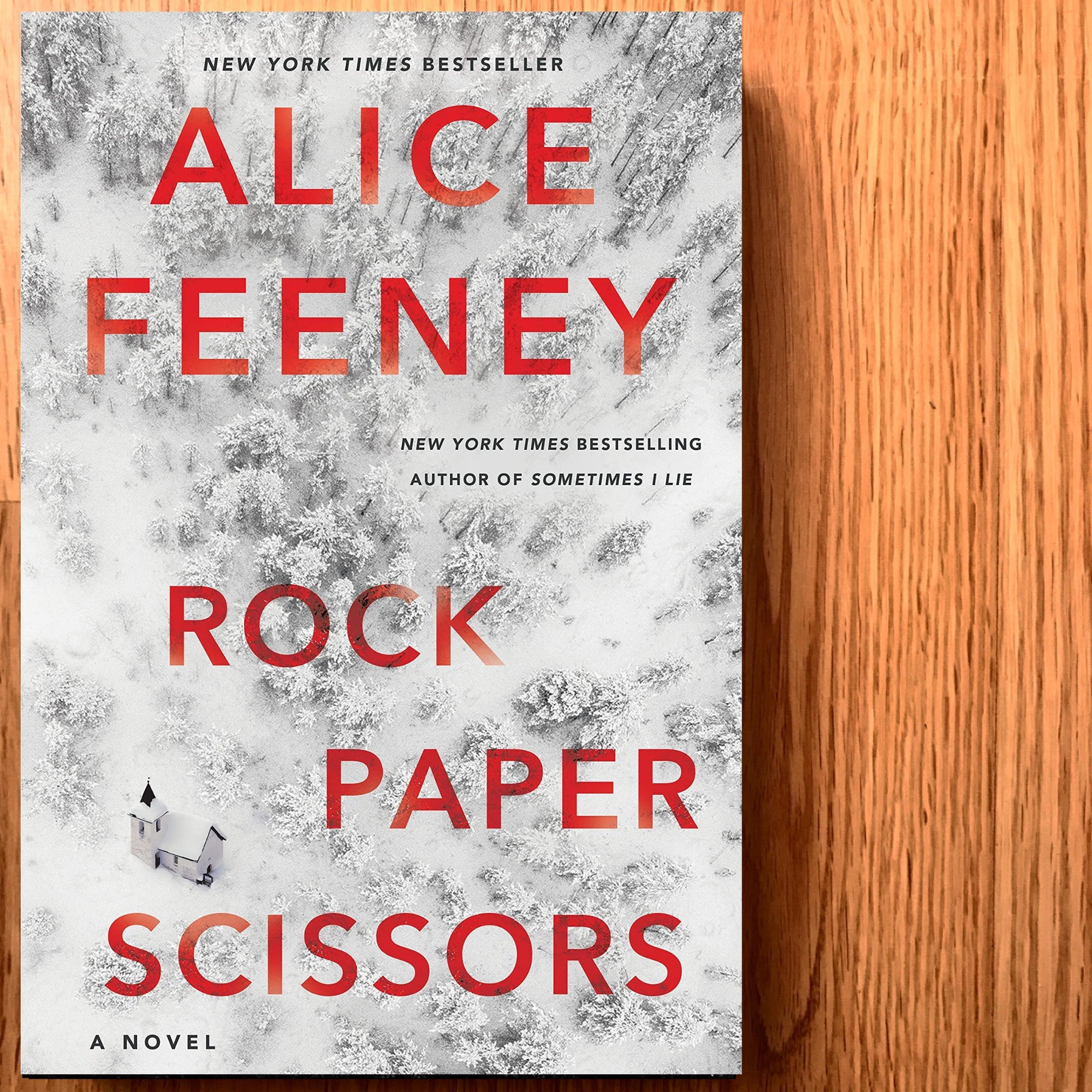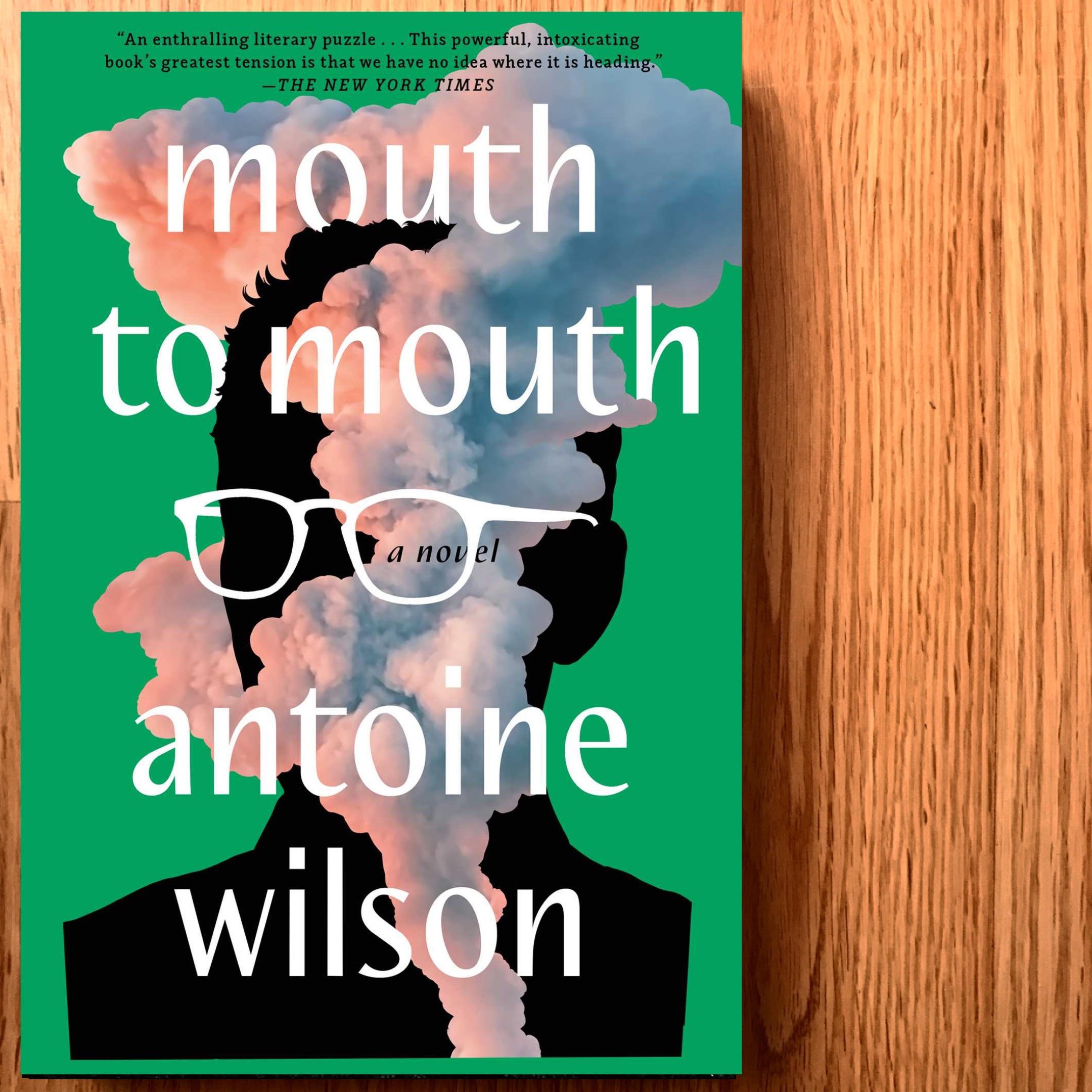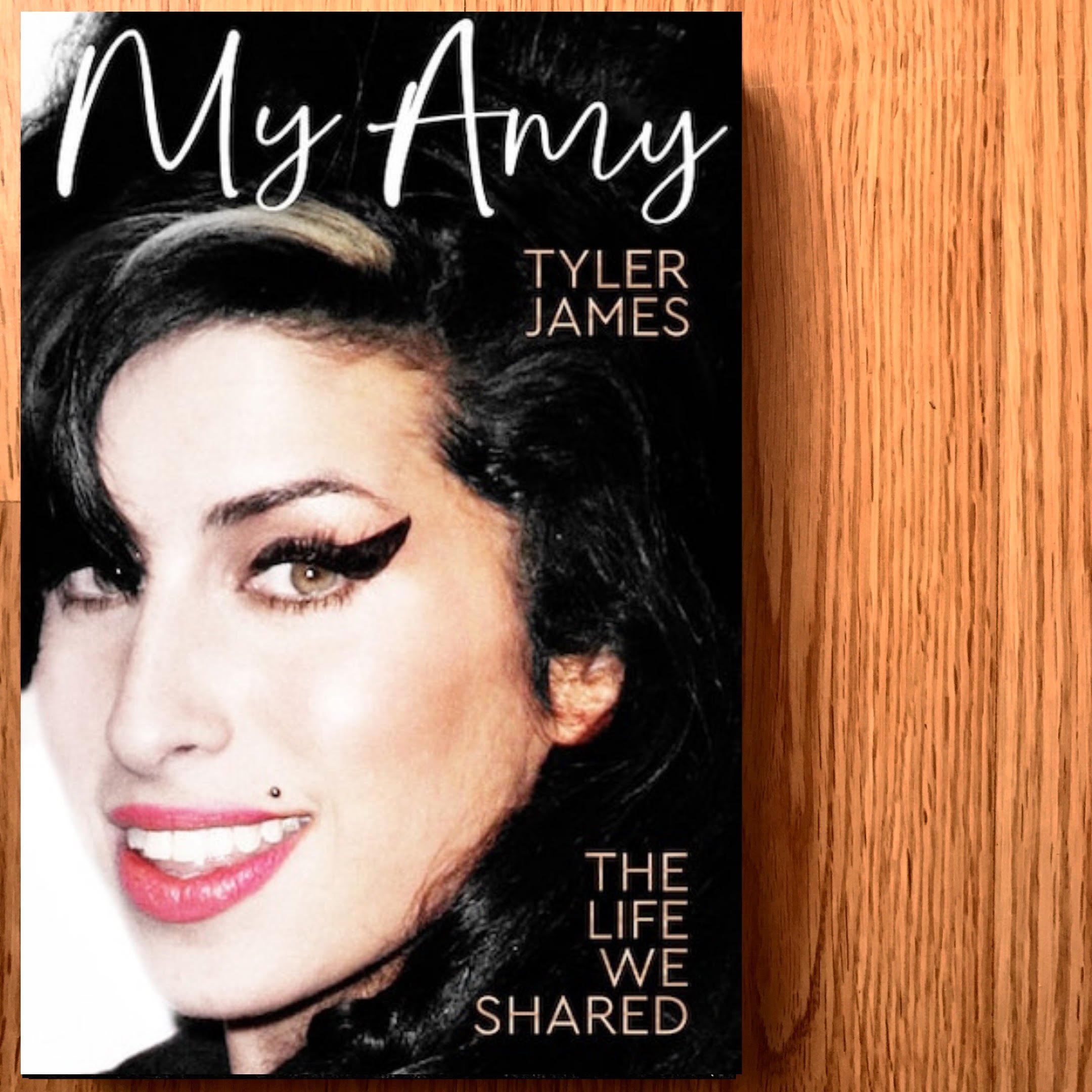I was drawn to this book because of the main character in your poems who is gender fluid, playful, and ever-changing. The essence of awäsis crisply ties together the varying subjects of the poems while also affording each poem individuality. I seek to learn more about your inspiration and hopes for the book, your choice to include the Cree language, and how you selected the particular poems found in the book. I wish to thank you for the interview and I encourage everyone to open your book and take what they can from it; I am certain that each interpretation will be different yet significant.
What was the inspiration for the creation of this book of poems?
For each book written I watch and listen to conversations happening around me. There are plenty of themes that surface, and I wait for the right inspiration to occur, and I follow it. When that happens the subject becomes possessive, and I become obsessed. Then I know I am on the right path.
Why did you choose awâsis as the main character of your poetry and why was it significant to have a common character amongst your poems?
We all have a child within. And that child loves to have fun, play tricks on others, and hilarious private things happen to us that we often won’t share with us. I was tapping into that child, inviting it to come out and play, laugh and to love.
How did you choose which poems to include in awâsis – kinky and dishevelled? Are there poems that you wish could have been included but didn’t work or feel right? How did you make decisions on which to keep and which to set aside?
I write intuitively and I completely trust the process. These poems came about from both the native and white public. The native folks had no end of laughter and story, while as the white public had to really struggle of what funny incident happened in their lives. I presume the concept of “the stiff upper lip” dominates their lives. There were some poems that didn’t make it in though funny in their respective way they couldn’t translate to paper. The poems must translate unto paper and deliver their humour. I asked permission to author the stories and promised to keep them anonymous. I gave each contributor a copy of the book in exchange.
What feeling or message do you hope the book’s audience takes away from it?
Native people are not stoic like the stereotypes portrayed in media. Nor are we any more violent than any other nations, nor do we have monopoly over dysfunction and pain. We laugh, love and cry. As human beings we have a lot of common denominators although experiences differ.
Humour plays an important role in awâsis – kinky and dishevelled. Do you think that using humor as a way of storytelling and poetry-sharing is a way to open doors for bigger conversations?
Yes, for sure. In Indian country if we tease a non-native person, it signals acceptance into the community. Sometimes humor is destructive, and one must be judicious on the content and delivery.
Some words in the poems are in Cree, whereas the rest of the poem is in English. How did you choose which words to write in Cree, and why did you choose to do this?
I want to emphasize that I write intuitively. I don’t spend a lot of time harassing the intuitive. I invite it in. Cree is my first language and I want to share it and attempt to preserve it by the inserting the words. And why not? Many non-native writers take full advantage of inserting other languages in their text without bothering to supply the interpretation. I figured if they could do this what was stopping me?
I’ve asked what you hope the book’s audience takes away from this compilation of poems. What have you taken away from this book, or how has it shaped you as an author?
I’ve always LOVED my community for its humor, in particularly during our dark times. We find humor in so many things and some folks are rich and blessed with it. They bring us along. How has it shaped me? I continue to listen, to enjoy and to silently take in all my surroundings.
Of all the poems in the book, do you have one you’d call a favourite, that you connect with the most, or is there a particular one you yourself find reciting often?
I love awâsis. I randomly let the pages fall and read from them. I don’t wish to divulge which poem is my favorite as I just love the character. If I chose a favorite, it would be like playing a child against the other. Not nice.
Now that awâsis is published, will there be another book from you soon?
I am working on several different manuscripts some of which are old. Something is in the works.
With the experience you have writing and publishing, what advice would you give to aspiring authors who are trying to navigate the publishing world?
Write often, daily if possible. This will enrich the craft. Be safe. Be honest. Go to a therapist if there is a need. Examine and figure out the fears. Don’t pay attention to spelling errors, punctuation, etc. work on that later. Get help. Accept feedback, ruminate on it, and decide does it fit. Be Free. I ask those that I respect who have a command of whatever language I am exploring and using for editorship.
Read, read, read. Be a critical reader. Read a variety of subjects. And if one subject captivates you, read many authors coming from a different point of view and have that common theme. Research. Research. Research, books, people, etc. observe, listen, record. Learn to use she/he, they if “I” is too personal. Ask permission for the idea.
Be disciplined. Persevere.
Incorporate daydreams and night dreams into the writing. Learn to read what the dreams are teaching you. Writing is ceremony. Life is a constant ceremony. It has its ups and its downs; one is never without the other. The difficulties encourage and push you to grown. Relish the feeling of work achieved and well-done. Learn to live without the accolades as there will be a few and far in between. Immediate gratification comes from within. Humility is your best companion.
Send the manuscript to a writers retreat, like Sage Hill Writing Experience, or Banff. Apply for funding/scholarships, grants. Seek successful writers, editors, and find mentors who will encourage you.
What is your “must-read” book recommendation and what book has had the most impact and influence on your writing?
I came across a book called “The Road Less Travelled” by a psychiatrist M. Scott-Peck years and years ago. Its an old classic. It led me to my spiritual journey, and I implemented what I learned. Dreams, Ceremony, Elders, therapists, friends, mentors, and books have all walked with me in all my endeavors as a writer, as a person. I don’t dismiss any teachings even if they are hurtful. There is a need to examine everything. We all have choices.





















